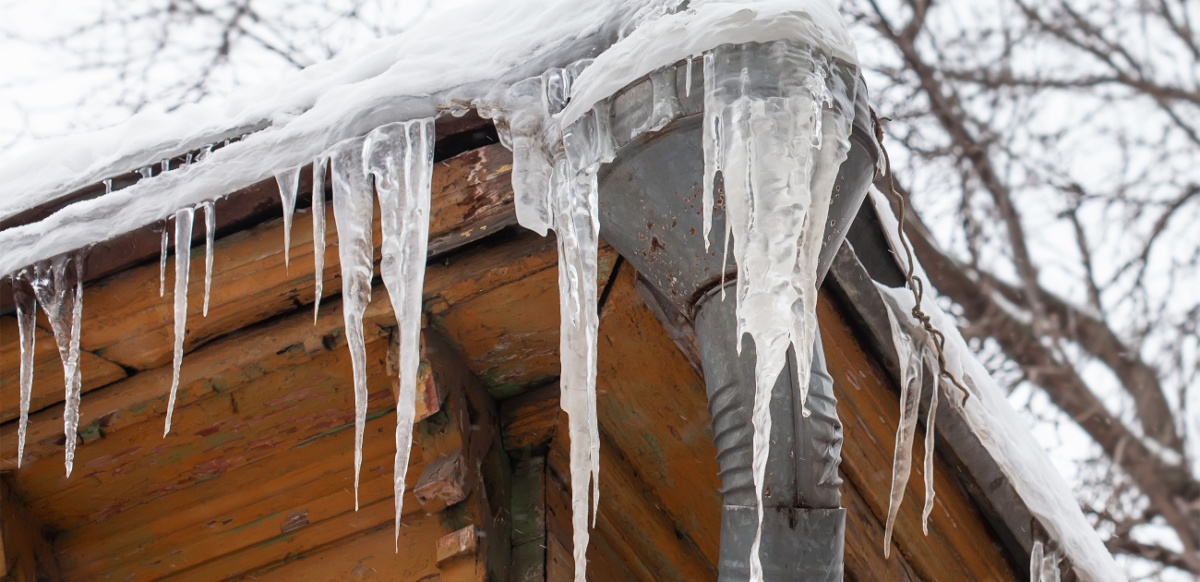Here on the next paragraphs you can find more really good help and advice involving 6 Ways to Prevent Frozen Pipes.

Winter can ruin your pipes, particularly by freezing pipelines. Here's how to prevent it from happening and what to do if it does.
Intro
As temperatures drop, the threat of frozen pipes rises, possibly leading to costly repairs and water damage. Understanding exactly how to stop frozen pipes is important for home owners in cool environments.
Avoidance Tips
Shielding susceptible pipes
Wrap pipelines in insulation sleeves or utilize heat tape to protect them from freezing temperature levels. Focus on pipelines in unheated or external areas of the home.
Home heating methods
Maintain interior rooms appropriately heated up, specifically areas with pipes. Open cupboard doors to permit warm air to flow around pipes under sinks.
Exactly how to recognize icy pipes
Try to find lowered water flow from faucets, uncommon smells or sounds from pipes, and visible frost on revealed pipelines.
Long-Term Solutions
Architectural adjustments
Think about rerouting pipes far from outside wall surfaces or unheated locations. Include additional insulation to attic rooms, cellars, and crawl spaces.
Updating insulation
Purchase high-grade insulation for pipelines, attic rooms, and wall surfaces. Appropriate insulation assists maintain consistent temperatures and lowers the threat of icy pipes.
Safeguarding Outdoor Pipes
Garden tubes and outdoor faucets
Separate and drain pipes garden hoses before wintertime. Mount frost-proof faucets or cover outside faucets with insulated caps.
Understanding Icy Pipes
What causes pipelines to ice up?
Pipes ice up when revealed to temperature levels listed below 32 ° F (0 ° C) for prolonged periods. As water inside the pipes freezes, it increases, putting pressure on the pipeline wall surfaces and potentially triggering them to break.
Risks and damages
Icy pipelines can result in water disruptions, property damage, and costly repair services. Ruptured pipelines can flooding homes and create extensive structural damage.
Signs of Frozen Pipeline
Identifying frozen pipes early can prevent them from breaking.
What to Do If Your Pipelines Freeze
Immediate activities to take
If you presume frozen pipes, keep taps open up to eliminate pressure as the ice melts. Make use of a hairdryer or towels taken in hot water to thaw pipes gradually.
Final thought
Avoiding icy pipelines requires aggressive procedures and quick actions. By comprehending the reasons, indications, and safety nets, house owners can protect their pipes throughout cold weather.
5 Ways to Prevent Frozen Pipes
Drain Outdoor Faucets and Disconnect Hoses
First, close the shut-off valve that controls the flow of water in the pipe to your outdoor faucet. Then, head outside to disconnect and drain your hose and open the outdoor faucet to allow the water to completely drain out of the line. Turn off the faucet when done. Finally, head back to the shut-off valve and drain the remaining water inside the pipe into a bucket or container. Additionally, if you have a home irrigation system, you should consider hiring an expert to clear the system of water each year.
Insulate Pipes
One of the best and most cost-effective methods for preventing frozen water pipes is to wrap your pipes with insulation. This is especially important for areas in your home that aren’t exposed to heat, such as an attic. We suggest using foam sleeves, which can typically be found at your local hardware store.
Keep Heat Running at 65
Your pipes are located inside your walls, and the temperature there is much colder than the rest of the house. To prevent your pipes from freezing, The Insurance Information Institute suggests that you keep your home heated to at least 65 degrees, even when traveling. You may want to invest in smart devices that can keep an eye on the temperature in your home while you’re away.
Leave Water Dripping
Moving water — even a small trickle — can prevent ice from forming inside your pipes. When freezing temps are imminent, start a drip of water from all faucets that serve exposed pipes. Leaving a few faucets running will also help relieve pressure inside the pipes and help prevent a rupture if the water inside freezes.
Open Cupboard Doors
Warm your kitchen and bathroom pipes by opening cupboards and vanities. You should also leave your interior doors ajar to help warm air circulate evenly throughout your home.

I recently found that piece about Winter Plumbing Precautions: Preventing Frozen Pipes when doing research the internet. I beg you take the opportunity to distribute this content if you enjoyed it. Thank you for taking the time to read it.
Schedule Service